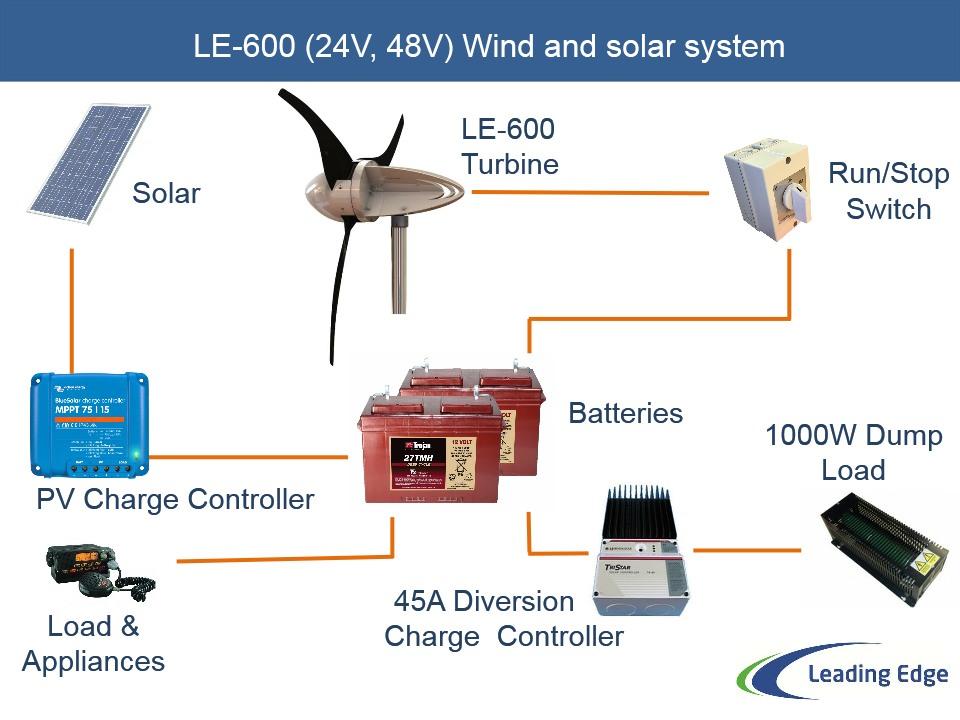

They relied on their own ability to make power with a wind turbine, perhaps solar panels, and backup batteries to store power. Until recently, most of the small wind turbines were installed by people who lived “off-the-grid,” that is, away from a power company that supplied them electricity. An inverter will convert direct current (DC) electricity to alternating current (AC).


In an off-grid system, or an on-grid system with battery backup, batteries will store the power. For systems with batteries, a controller manages the electrical input to the batteries or the inverter. One rule of thumb is that the bottom of the blade-swept area should be a minimum of 30 feet above any trees or buildings within 300 to 500 feet. In addition, the presence of ground clutter greatly reduces the wind resource and increases wind turbulence. Winds are more powerful and less turbulent higher off the ground thus, the taller tower, the greater the turbine’s energy production (for more information, go to Windustry’s presentation on the importance of tower height. A tower will put the blades high in the air where the wind is better. The turbine is only one part of the system, however.
#Home wind power system generator#
Photo courtesy of Sue Hawkins.Ī wind turbine works by catching the energy in the wind, using it to turn blades, and converting the energy to electricity through a generator in the part of the turbine called a nacelle. The industry group American Wind Energy Association predicts a thirty-fold increase in the United States in the next five years. Small wind systems designed for individuals, businesses, and farm or ranch operators are growing dramatically. Wind turbines are growing and evolving rapidly, so you need to do enough research to learn whether a turbine will pay for itself quickly enough to meet your financial requirements. You will have to make sure your local zoning codes or covenants allow wind turbines and the fairly tall towers that make them work. Department of Energy has more information on siting turbines, and the American Wind Energy Association has a siting handbook.

These should be average sustained wind speed, not strong gusts interspersed with calm. Winds on your site should be at least class 2 (annual wind speeds averaging 9.8 to 11.5 mph) to be suitable for wind generation. You can also find wind data from state wind resource maps and state anemometer loan programs. Some states have anemometer loan programs. The most useful information will be obtained from placing an anemometer (a device which measures wind speed) on your site for at least one year. Personal impressions of the windiness of a site are often not accurate it is better to use an objective method. Windmills from 2 Eras, photo courtesy of James Wadeįind these topics and many other related Farm Energy media resources at the Farm Energy Media archive.


 0 kommentar(er)
0 kommentar(er)
